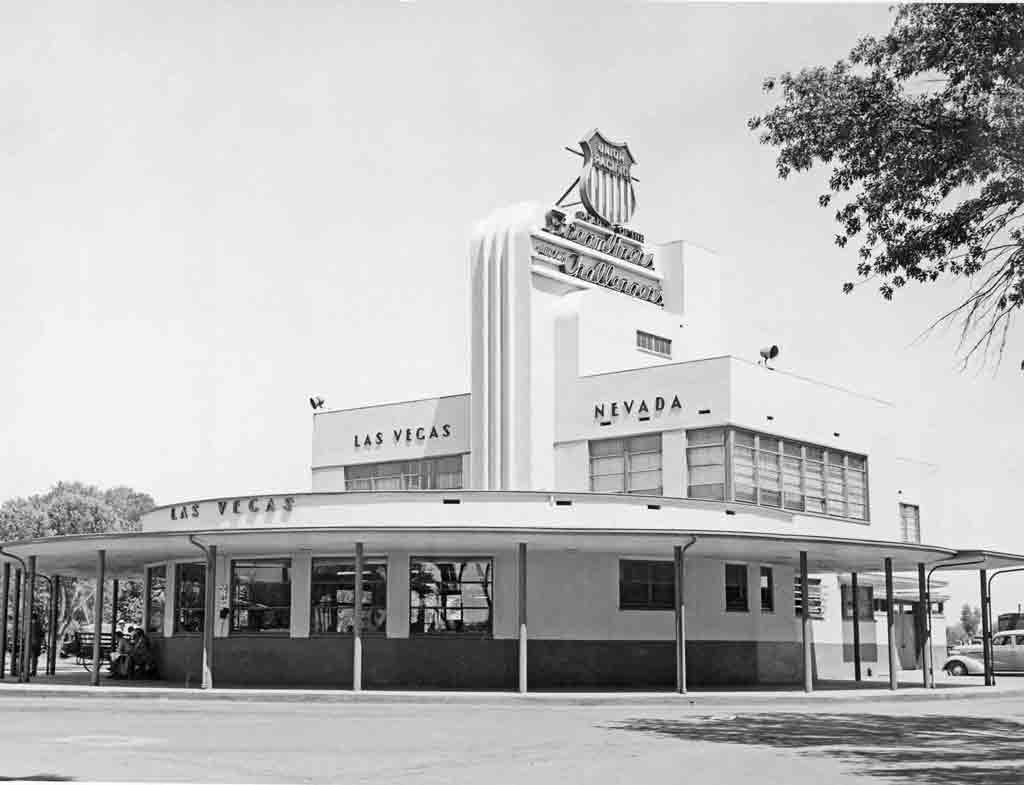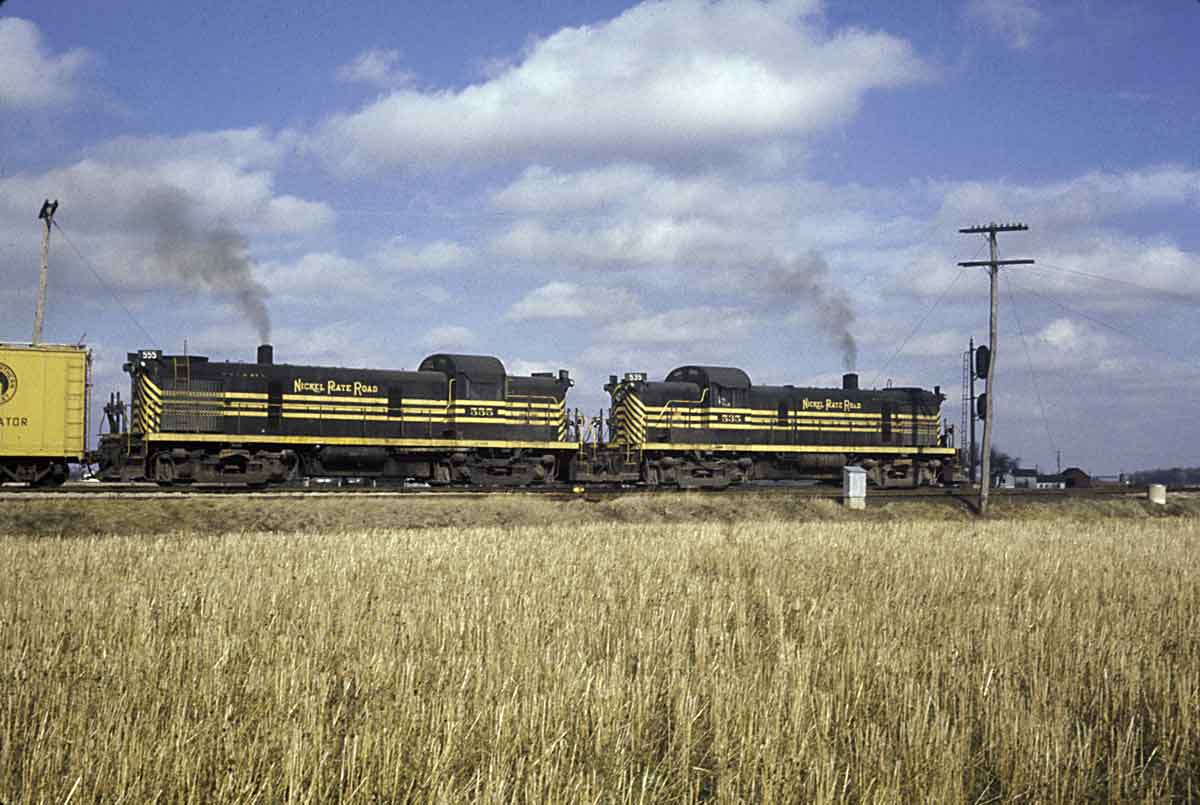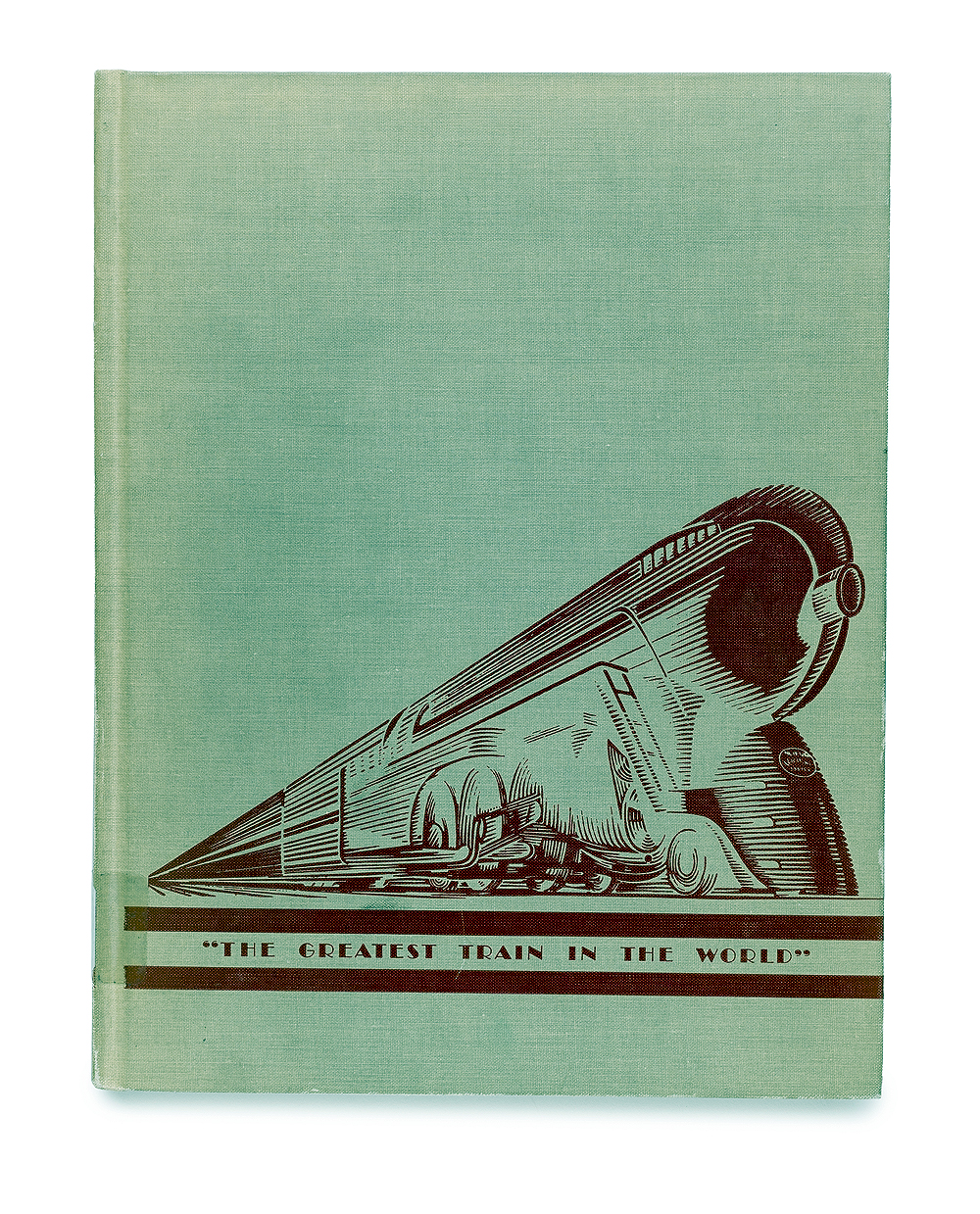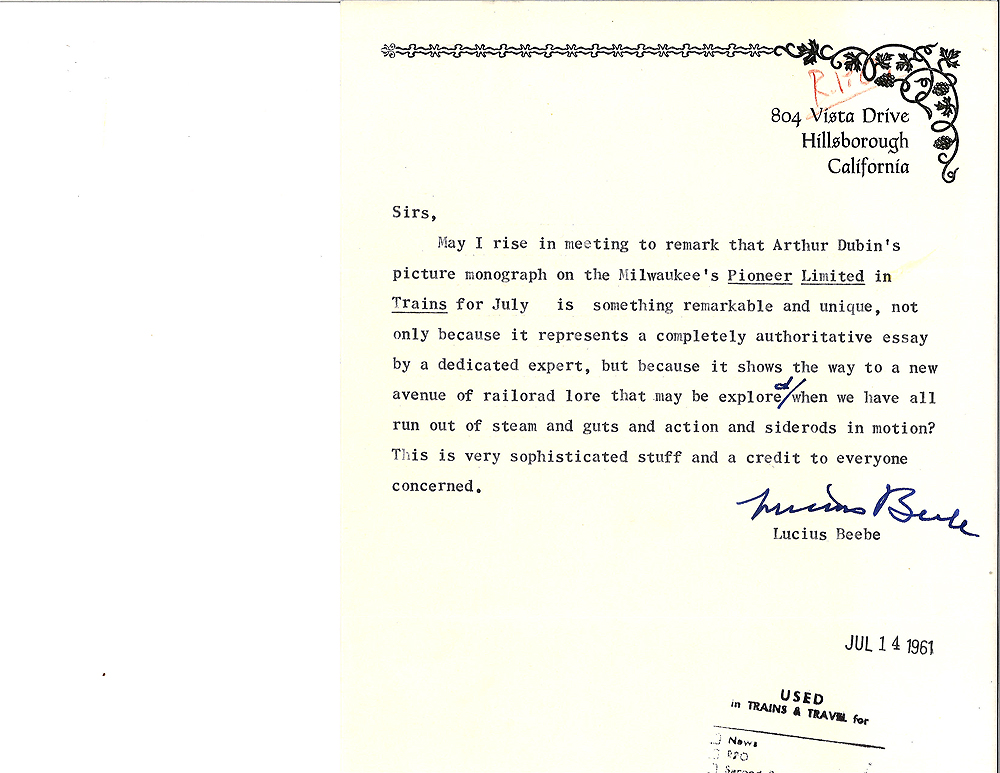To understand the story, it is first necessary to give a little history of the railroad at West Yellowstone. Located at the western boundary of Yellowstone National Park, it was the terminus of Union Pacific’s Yellowstone Branch, built specifically to transport tourists to the park in the summer months. The line was completed in fall 1907, and in the following summer the railroad began providing passenger service to the park. The Yellowstone Branch was snowed shut in the winter months, and there was no regular passenger-train service to West Yellowstone in the fall and spring months.
The “other” railroad which reached the park was the Northern Pacific, which ran to Gardiner, at the North Entrance to the park. Both roads competed for business to the park over the years, with the NP offering service from the Pacific Northwest and Chicago, while the UP offered service from California and the Midwest.
While the railroads provided service to the park, a separate company provided the transportation within the park and lodging there. The Yellowstone Park Association was formed by the NP to provide comfortable facilities and transportation arrangements for the tours in the park. The YPA built the famous Old Faithful Inn, which is still open today.
In 1909 the Yellowstone Park Association changed its name to the Yellowstone Park Hotel Company, and in 1936 it became the Yellowstone Park Company. Over the years the railroads providing passenger service to the park worked together to support the services in the park and to offer tour packages. The Yellowstone Park Company and the predecessor companies hired summer help every year to operate the transportation, lodges, and other businesses. The YPC went to great efforts to hire young, enthusiastic workers from all over the country. The employees were typically college students or young teachers who wanted to earn money while spending a summer in the “Wild West.”
Every spring, just before the tourist season began and before the railroad started running scheduled passenger trains to the park, the Union Pacific would run a special train from California specifically to bring the summer workers to the park. Known as the “Yellowstone Park Employes Special” or by a similar name, the train would bring in several hundred employees in early June. The NP ran its own special train, from St. Paul, Minn., which was unofficially, but significantly, known as the “Savage Special.”
The UP’s train in the early 1950s was described in one of the Transportation Notices that Paul Shea found in the attic of the West Yellowstone depot, and it shows how the railroad operated this special train in those days. It also gave an indication of what challenges the railroad faced in operating a train full of young students who were full of energy.
The UP scheduled the train to take 30 hours to go from Los Angeles to West Yellowstone, and in 1951 the train was to bring in about 315 people. The train consisted of a baggage car, two coaches for women only, five coaches for both men and women from Los Angeles, another mixed coach from Salt Lake City, a café lounge, a snack car, and a standard 12-1 sleeper from L.A. Originally the train was to have another 12-1 sleeper and a 14-section standard sleeper from L.A., but these two cars were dropped because of lack of interest.
The Transportation Notice discussed the typical instructions, such as, “Sufficient coach porters should be assigned to maintain coaches in best possible condition,” that “Cars to be fully watered and iced at all times,” “All concerned should watch this movement carefully, extending proper courtesy and attention,” and so forth. It also specified that the train should not arrive at West Yellowstone before 1:30 in the afternoon, presumably so the buses would be waiting at the depot. After all, who would want 300 college students milling around the depot waiting for the YPC buses to arrive? If nothing else, there were bars directly across the street from the depot, and one can assume the drinking age was not a real concern in this remote Montana town.
But the last item in the instructions was perhaps the most interesting, and shows that students haven’t changed in 50 years. It read, “Mr. Howard B. Brown, Mgr. Hotel Dept., Yellowstone Park Company, requests vestibules be kept closed while train standing at Las Vegas Station as in past years several employees have missed train.”
Reading between the lines, it is obvious that the temptations of Las Vegas were simply too much for some of the Yellowstone summer workers, and they couldn’t resist the opportunity to do just a bit more gambling than the duration of the stop allowed. What is even more interesting is that the same instructions for the year 1955 had the same words concerning keeping the train vestibules closed at Las Vegas, showing this was not a one-time occurrence or concern. One can imagine what led up to this specific instruction in the Transportation Notice and the anguish the summer help must have gone through while the train was being serviced at Las Vegas—cooped up in the cars with the vestibules closed. So close and yet so far.
Documents such as this routine Transportation Notice give a good idea of how special trains were handled in those days. Not only was the consist listed and the standard instructions given, but the special attention given by the railroad to this type of operation is worth noting and saving for posterity. Although the park concessionaire continues to hire students every summer from all over the country, the special trains can never be duplicated today for a multitude of reasons. The tracks to West Yellowstone and Gardiner are gone, and public transportation is not used in this manner since the summer employees almost always have their own vehicle.
So save that paperwork—you will never know when good, historical information has been recorded and buried in routine documents.
First published in Fall 2004 Classic Trains magazine.
Learn more about railroad history by signing up for the Classic Trains e-mail newsletter. It’s a free monthly e-mail devoted to the golden years of railroading.














A major loss of American Art Deco artitecture was the Union Pacific depot at Las Vegas (“Lost Wages”). Nevada hasn’t been the same since!